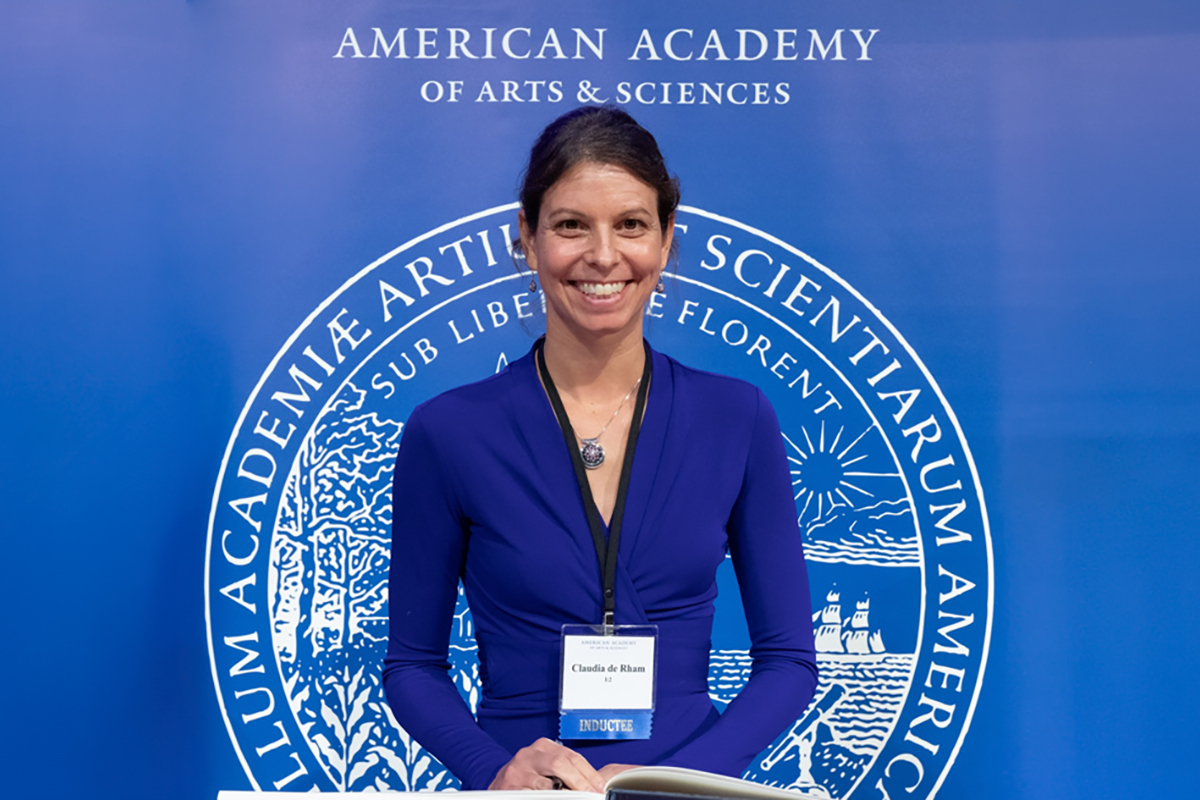
Gravitational Rainbows Could Be Spreading Through The Universe All The Time
While some of us may think that there’s gravity on Earth but not in space, gravity is, in fact, everywhere. And despite the remarkable discoveries during the past centuries, in our understanding of gravity, there are still some holes. When it comes to explaining the wider cosmos, it seems we’re missing something.
Claudia de Rham thinks that gravitons, hypothetical particles carrying gravity, have mass. If she’s right, it would change the way we think gravity operates. The effect would touch all sorts of processes, from the early evolution of the universe to the motion of the planets and the fate of the cosmos.
The scientists expect to see “rainbows” in ripples in space-time due to gravitons if they have mass
Image credits: NASA
Image credits: Claudia de Rham
A world-renowned physicist, Claudia de Rham, in her new book, “The Beauty of Falling,” seeks to answer the simple question: what exactly is gravity?
Image credits: Princeton University Press
When we think of gravity, we think of Isaac Newton and Albert Einstein. Newton envisioned gravity as the strength of the pull exerted by a given object’s decline in proportion to the square of the distance from it, while Einstein envisioned gravity as a bending of space-time by mass.
Newton had assumed that gravity is felt everywhere in the Universe instantaneously and that it travels at infinite speed. He predicted that if the Sun would disappear at this moment, the Earth would notice the lack of gravitational pull immediately and would fly off out of the Solar System.
Einstein had thoughts that since nothing, not even gravity, can travel faster than the speed of light, the Earth would not notice the absence of gravity for 8.5 minutes, the time it takes light to travel (at 300,000km/s or 6.7 million mph) from the Sun to the Earth. He showed that Newton’s laws explain gravity only when the motion of objects is slow compared with that of light. Therefore, Einstein formulated general relativity as a more complete picture of gravity, which remains our best effort to this day.
Image credits: wikipedia.org
Einstein’s theory of general relativity says that the observed gravitational effect between masses results from their warping of space-time
Image credits: wikipedia.org
Image credits: NASA
Albert Einstein’s general theory of relativity describes gravity as the result of mass warping space-time, and Claudia de Rham is trying to find out if gravity really does come in the form of graviton and, if so, what the graviton’s mass is.
One of the ways to find out involves gravitational waves — “ripples in space-time” — as Albert Einstein demonstrated in his general theory of relativity. The first evidence of such waves came in 1974 when physicists Russell Hulse and Joseph Taylor discovered a pair of neutron stars, 21,000 light years from Earth, that seemed to behave in a curious pattern. They deduced that the stars were orbiting each other in such a way that they must be losing energy in the form of gravitational waves. The detection earned the researchers the Nobel Prize in Physics in 1993.
Laser Interferometer Gravitational-Wave Observatory (LIGO) has made the first direct observation of gravitational waves with an instrument on Earth. The researchers detected the gravitational waves on September 14, 2015, using the twin LIGO interferometers located in Livingston, Louisiana, and Hanford, Washington. Later on, the gravitational-wave signal was observed in 15 years of data acquired by the North American Nanohertz Observatory for Gravitational Waves (NANOGrav) Physics Frontiers Center (PFC) in collaboration with more than 190 scientists from the US and Canada, who used pulsars to search for gravitational waves. The 15-year data showed that the signal is consistent with slowly undulating gravitational waves passing through our Galaxy.
One of the ways to find out if gravity comes in gravitons involves gravitational waves
Image credits: SXS Collaboration
Image credits: SXS Collaboration
Image credits: wikipedia.org
Unlike the high-frequency gravitational waves seen by ground-based instruments like LIGO, this continuous low-frequency signal could be perceived only with a detector much larger than the Earth. Therefore, astronomers had to turn our sector of the Milky Way Galaxy into a huge gravitational-wave antenna by making use of exotic stars called pulsars. Over 15 years, NANOGrav collected data from 68 pulsars to form a type of detector called a pulsar timing array.
Pulsars spin rapidly, sweeping beams of radio waves through space so that they appear to “pulse” when seen from the Earth. Now, 15 years of pulsar observations are showing the first evidence for the presence of gravitational waves, with periods of years to decades.
“Now that we have evidence for gravitational waves, the next step is to use our observations to study the sources producing this hum. One possibility is that the signal is coming from pairs of supermassive black holes, with masses millions or billions of times the mass of our Sun. As these gigantic black holes orbit each other, they produce low-frequency gravitational waves,” said Dr. Sarah Vigeland.
“As we keep listening, we’ll likely be able to pick out notes from the instruments playing in this cosmic orchestra. Combining these gravitational-wave results with studies of galaxy structure and evolution will revolutionize our understanding of the history of our Universe,” added National Radio Astronomy Observatory’s Dr. Scott Ransom.
“This is key evidence for gravitational waves at very low frequencies,” said Vanderbilt University’s Dr. Stephen Taylor. “After years of work, NANOGrav is opening an entirely new window on the gravitational-wave universe,” he added.
The detection of gravitational waves wasn’t proof of gravitons in and of itself because a gravitational wave is way more energetic than a graviton. However, Claudia de Rham believes that the waves could yet reveal the presence of these hypothetical particles.
After playing with gravity her entire life, Claudia de Rham is asking a radical question: what does gravity weigh?
Image credits: Claudia de Rham
Image credits: NASA
Image credits: wikipedia.org
Image credits: NANOGrav
It’s casual for us to think of the speed of light, yet we don’t think that much about the speed of gravity. If gravitons have mass, then de Rham says we would expect lower frequencies of gravitational waves to move more slowly. At very low frequencies, that would create a kind of “gravitational rainbow,” similar to what happens when light is refracted by raindrops.
She mentions that there is no technology sensitive enough to detect the very low frequencies where these rainbows would show up. But if scientists could find them, that would be evidence not only that gravitons exist but also that they have mass. “In my mind, there is no doubt that there should be a graviton, but still, actually discovering it would be a big deal. It’s definitely Nobel prize territory,” said the physicist.
If gravitons have mass, lower frequencies of gravitational waves would move more slowly, creating a “gravitational rainbow,” similar to what happens when light is refracted by raindrops
Image credits: wikipedia.org
Image credits: Claudia de Rham
Claudia de Rham is not only exploring her ideas about gravitons but also doing research on topics such as dark energy — the mysterious force behind the accelerating expansion of the universe — that may even lead us to a deeper theory of gravity.
It’s known that general relativity breaks down at very high energies, and that suggests that there must be a better, more complete way to understand gravity.
“We know something has to come next, that we don’t even have the tools and the language to describe it, to understand how to ask ourselves the right questions. That may seem very daunting, but at the same time it is fascinating, because it tells us so much more is out there to be discovered,” de Rham says.
As a gentle mist can split light waves into beautiful rainbows, gravitational waves may split into gravitational rainbows
Image credits: World Science Festival
Image credits: Claudia de Rham
Image credits: Claudia de Rham
Claudia de Rham has been playing with gravity her entire life: as a diver in the Indian Ocean, as a pilot over Canadian waterfalls, as an astronaut candidate, and as a physicist exploring the limits of Einstein’s general theory of relativity. Who knows, maybe all those different experiences were preparation to get a Nobel prize for finally discovering the graviton and fascinating gravitational rainbows?
This was a fantastic article, thank you for posting it! It's very exciting to think gravity may be caused by gravitons - it gives some hope to the idea of being able to not only achieve the sci-fi vision of artificial gravity which is absolutely essential for long term human survival in space - but also the idea of using gravity to achieve very fast propulsion in space. Also it's interesting that gravity has been proven to move at the speed of light, as our gravitational wave detectors on Earth have detected the gravity shockwaves of massive bodies merging, such as black holes and neutron stars. By detecting the waves that move through all of space - including our planet and ourselves! - we've been able to pinpoint the original event that caused the shockwaves eons ago. Wonderful article - more like this please! 🙂
..so, but so happy to hear this! ☺️
Load More Replies...This was a surprisingly well written article. I was expecting another clickbait tinfoil hat thing that operates under the assumption that most people wouldn't know enough details about physics to call it out, but this was actually really interesting. More cool science s**t please!!
This was a fantastic article, thank you for posting it! It's very exciting to think gravity may be caused by gravitons - it gives some hope to the idea of being able to not only achieve the sci-fi vision of artificial gravity which is absolutely essential for long term human survival in space - but also the idea of using gravity to achieve very fast propulsion in space. Also it's interesting that gravity has been proven to move at the speed of light, as our gravitational wave detectors on Earth have detected the gravity shockwaves of massive bodies merging, such as black holes and neutron stars. By detecting the waves that move through all of space - including our planet and ourselves! - we've been able to pinpoint the original event that caused the shockwaves eons ago. Wonderful article - more like this please! 🙂
..so, but so happy to hear this! ☺️
Load More Replies...This was a surprisingly well written article. I was expecting another clickbait tinfoil hat thing that operates under the assumption that most people wouldn't know enough details about physics to call it out, but this was actually really interesting. More cool science s**t please!!
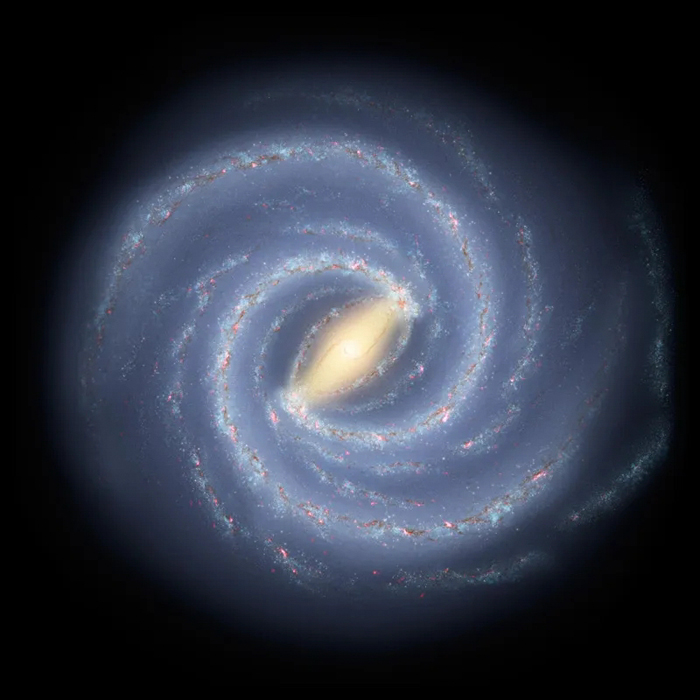
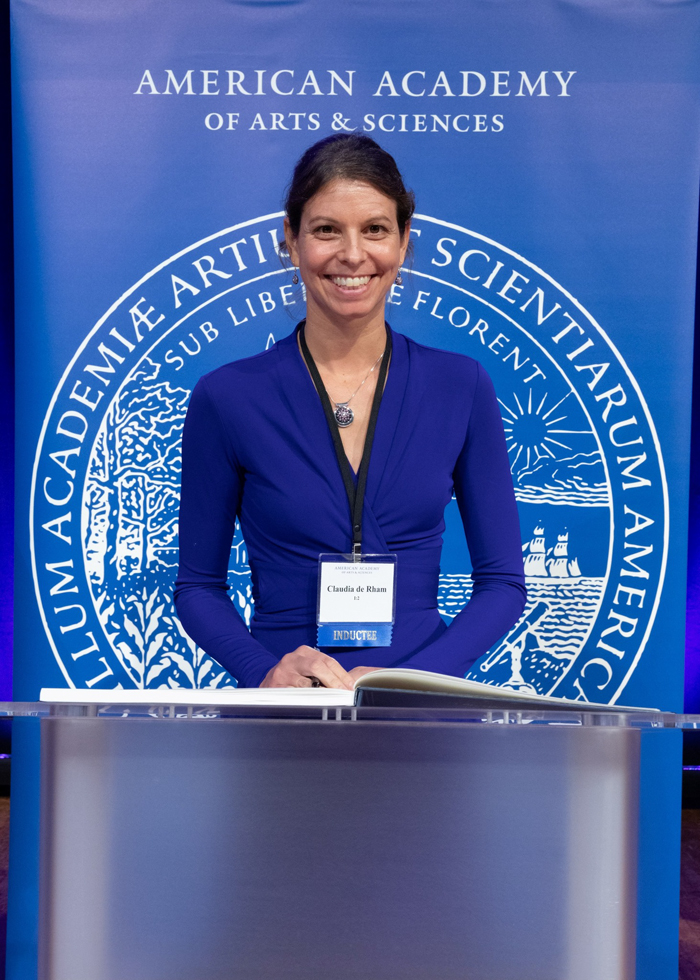
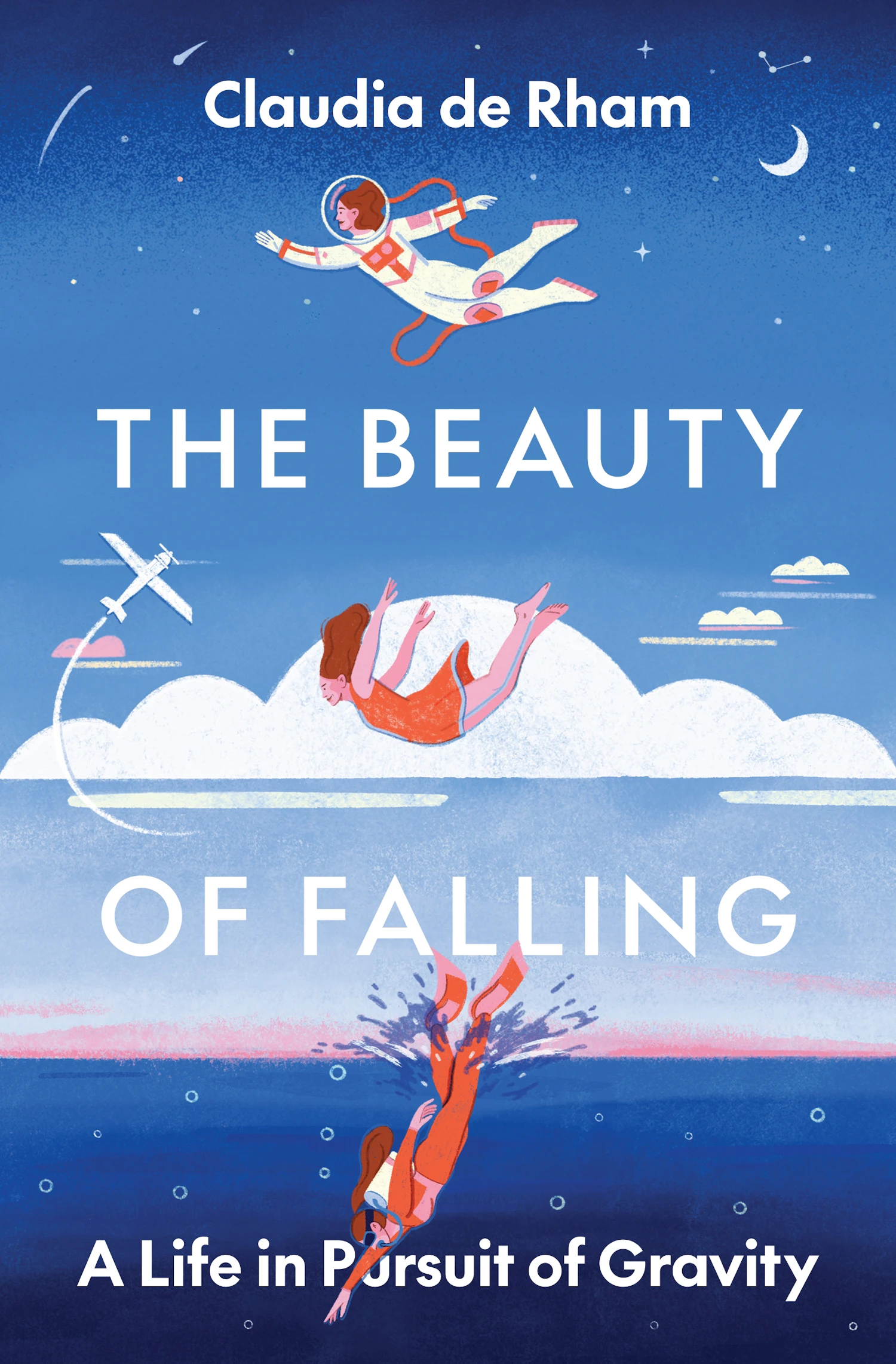
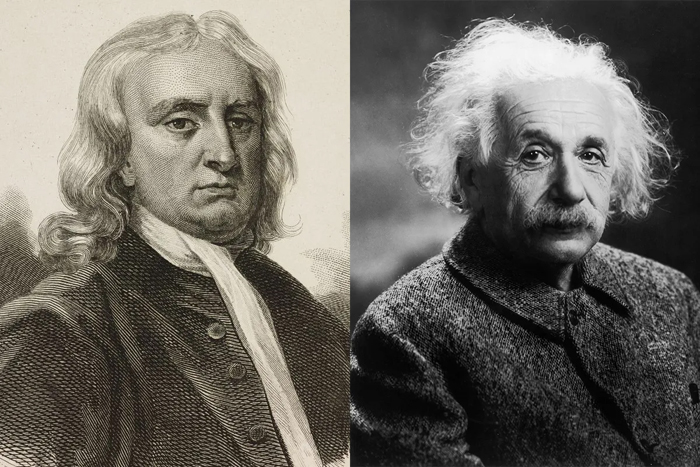
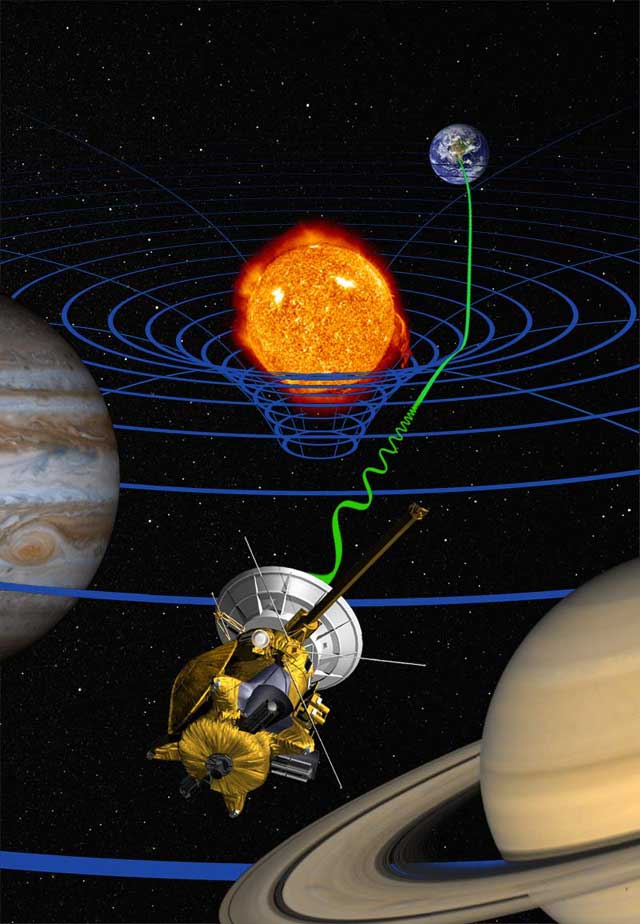
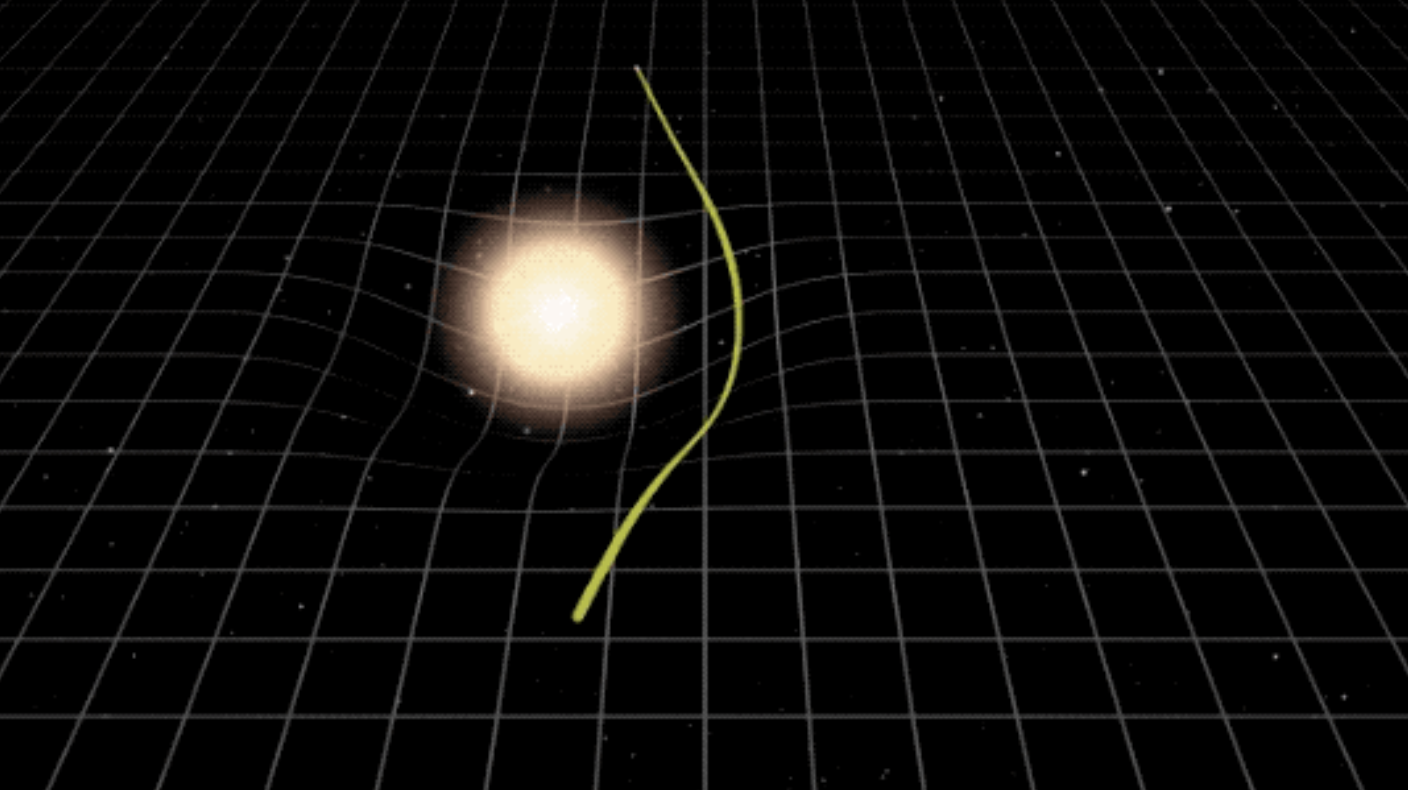
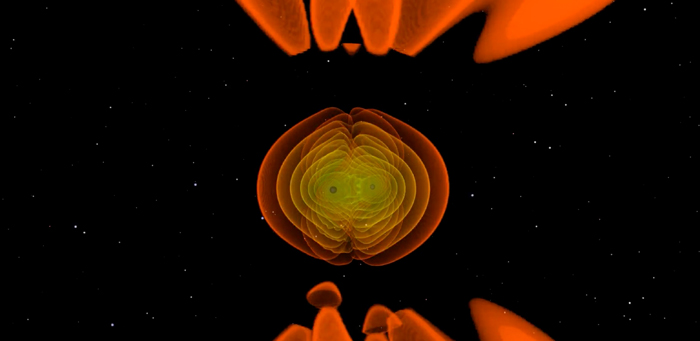
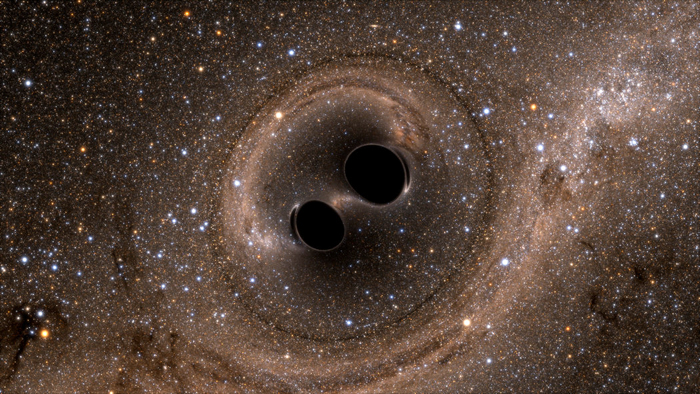
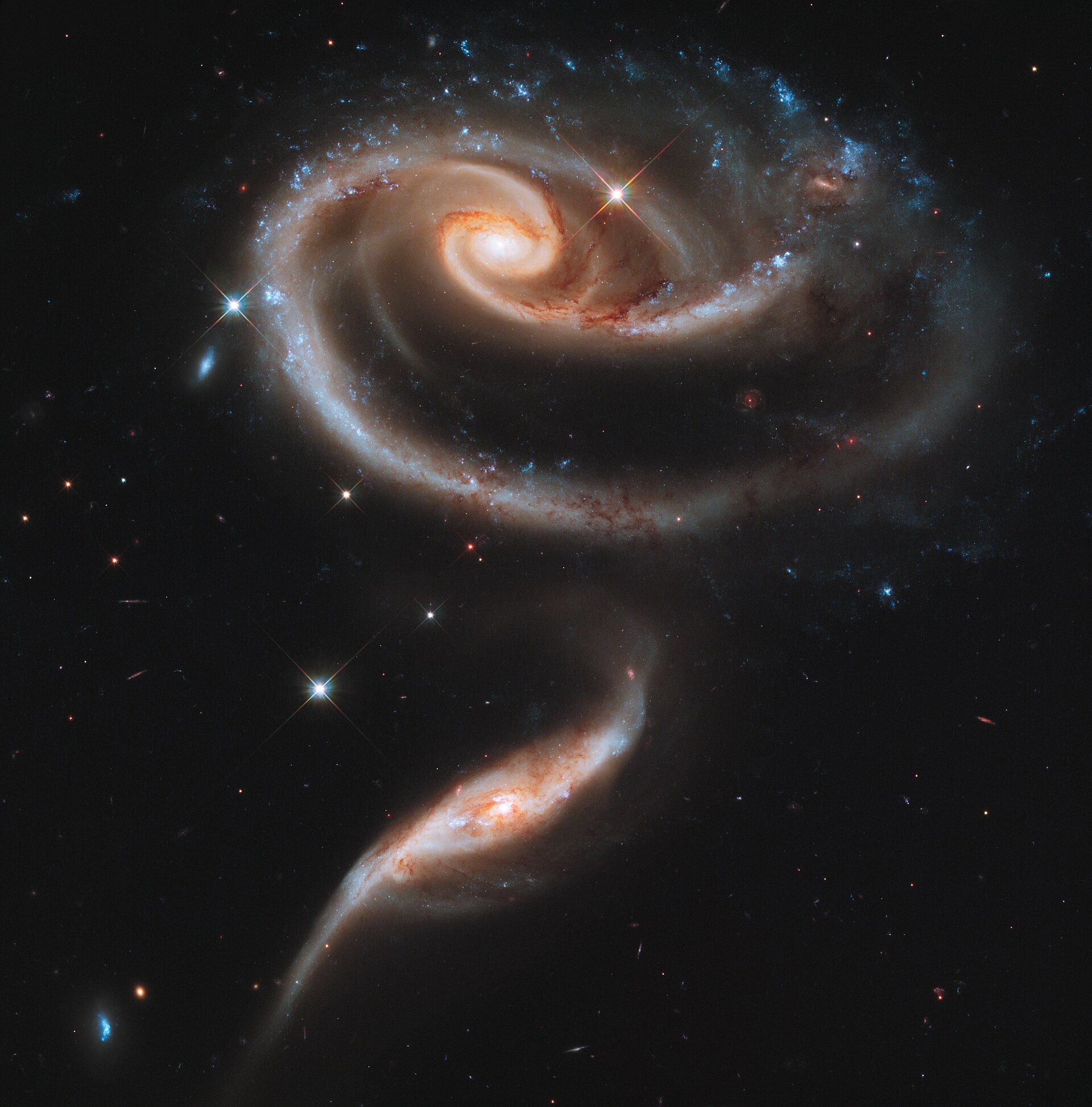
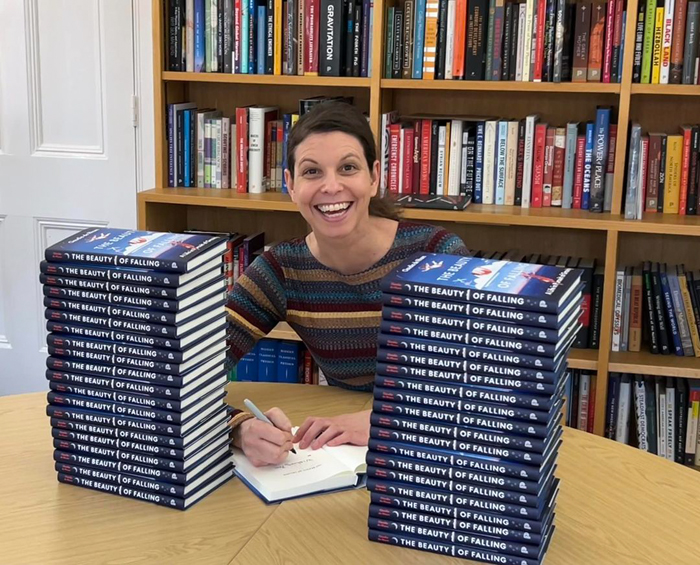
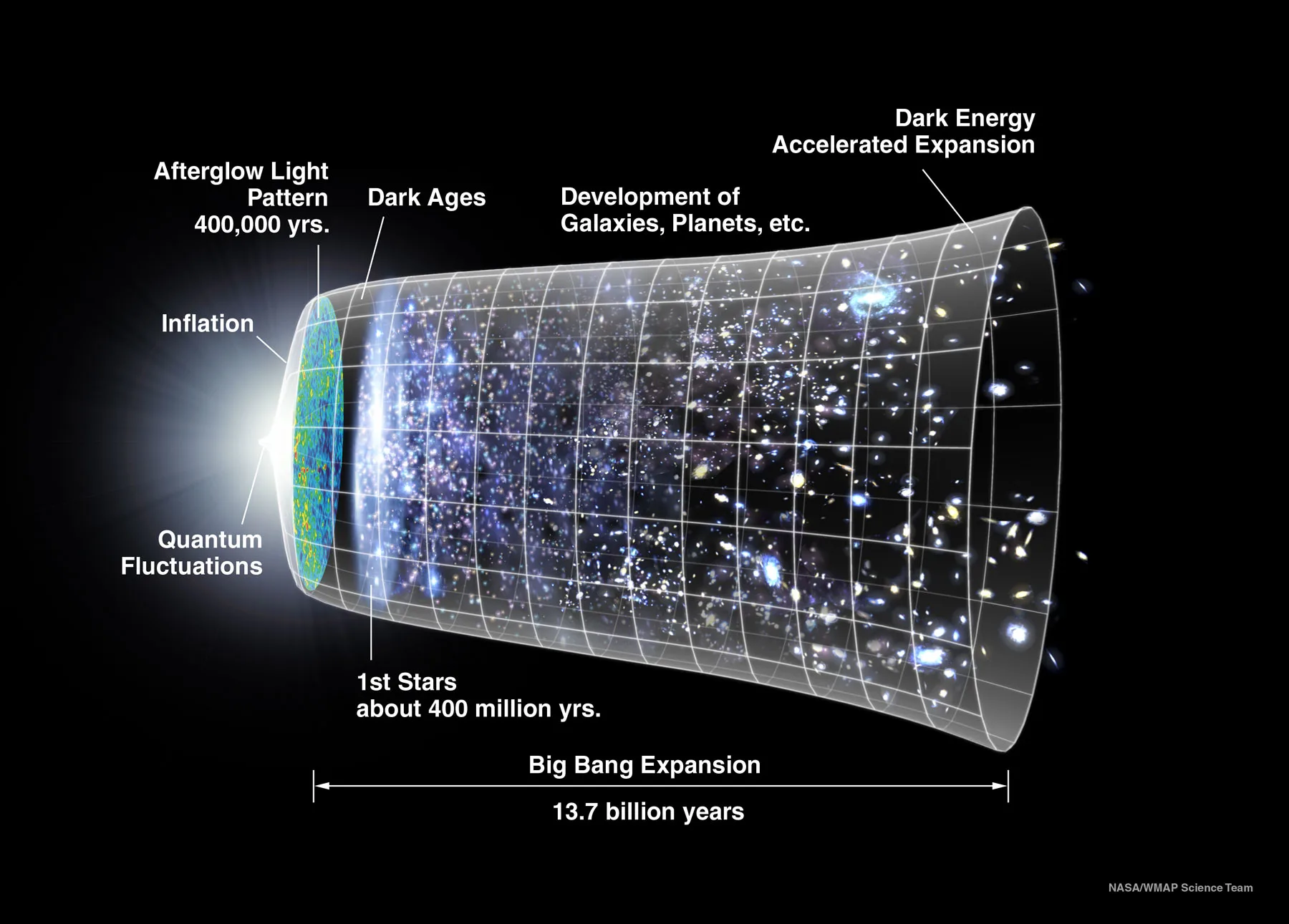
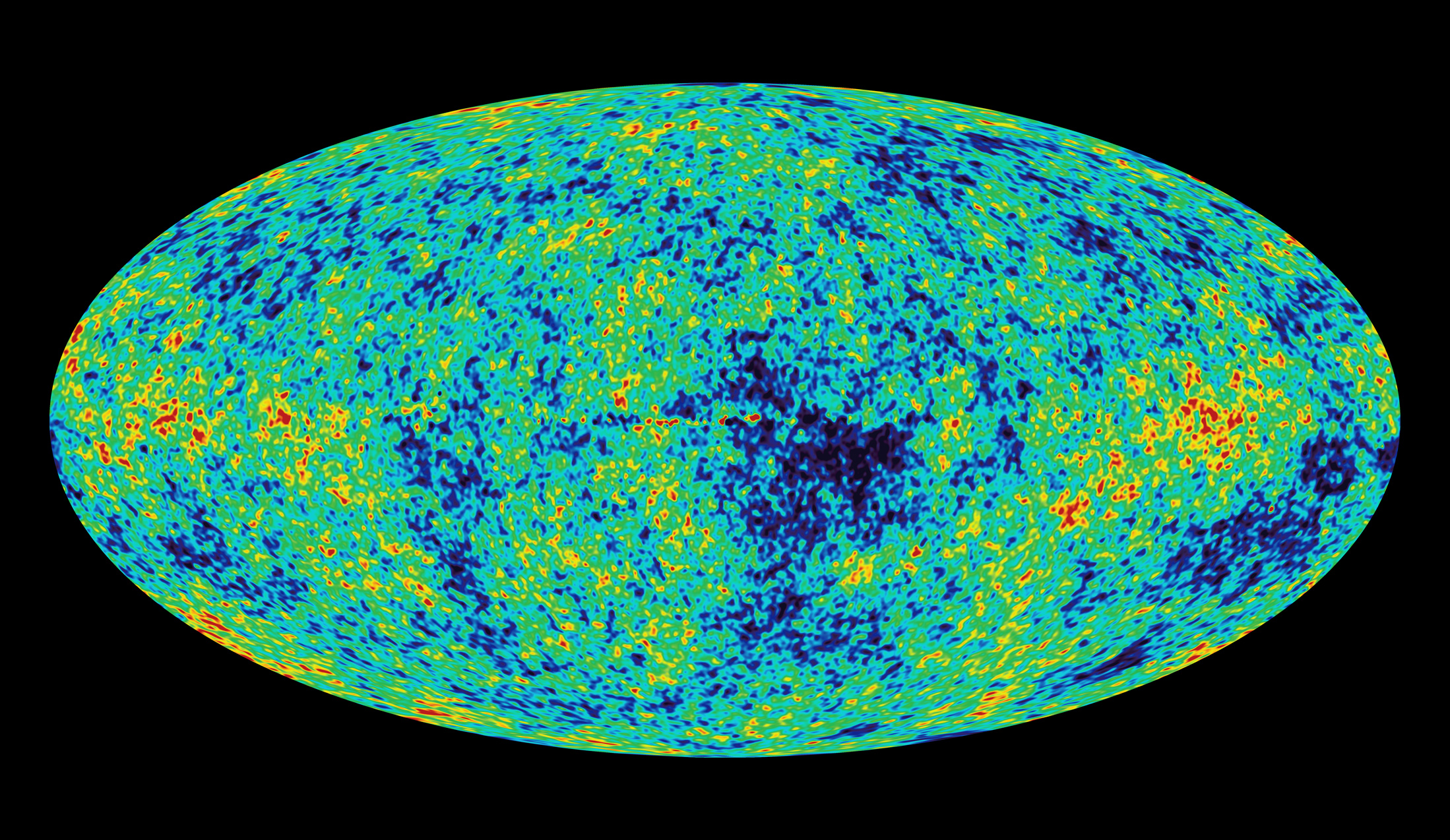

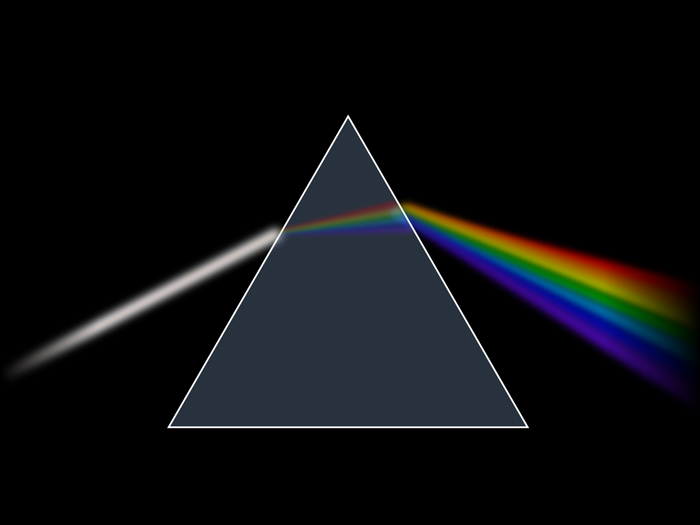
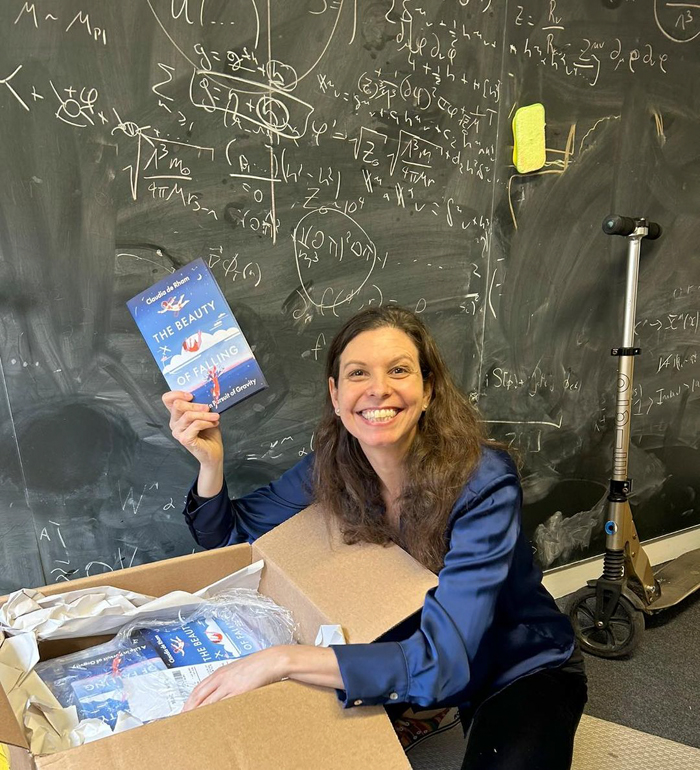
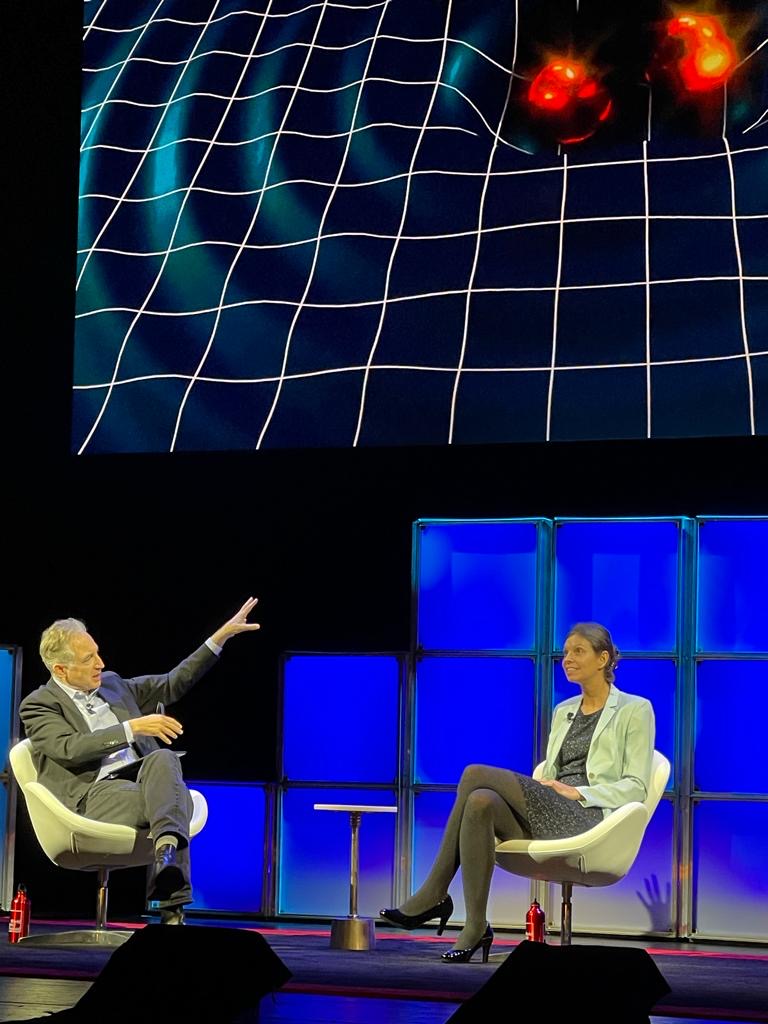
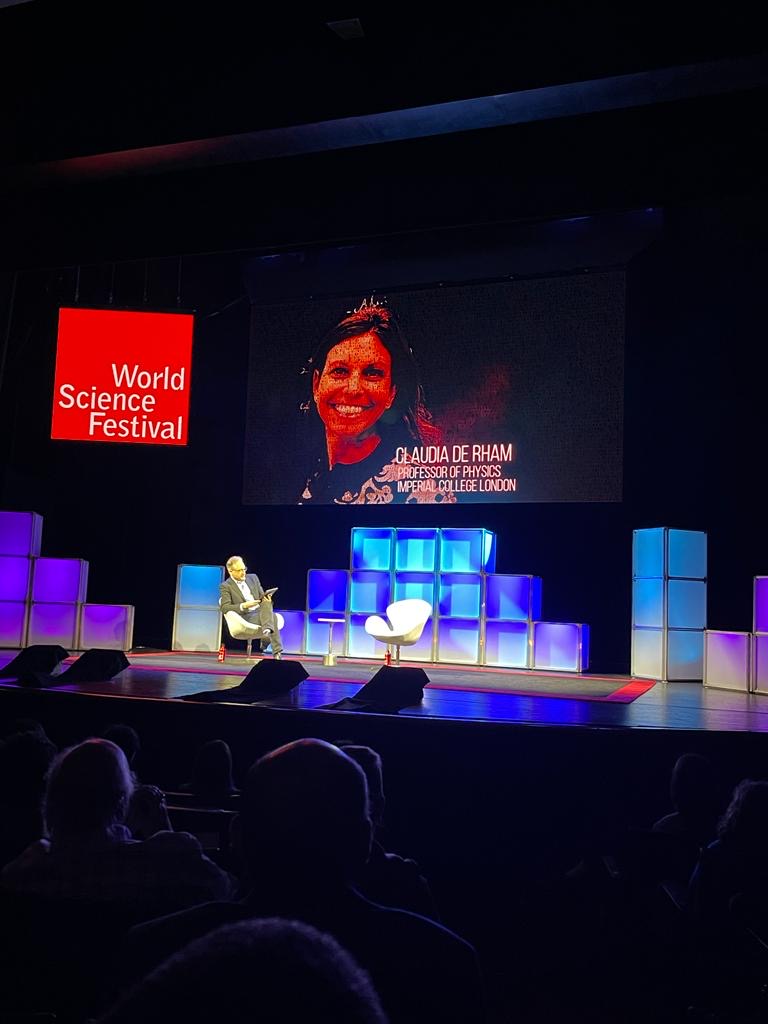



57
12